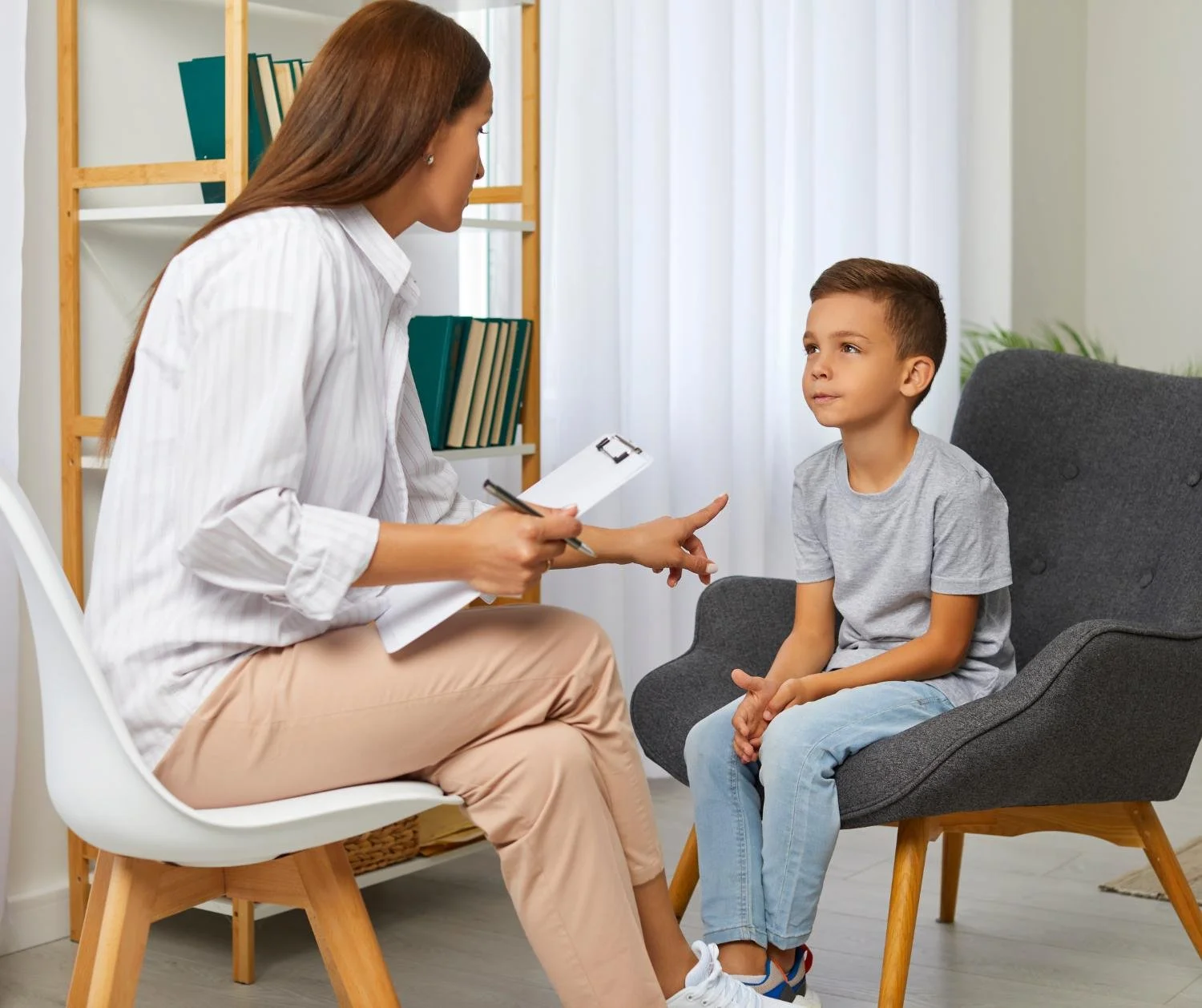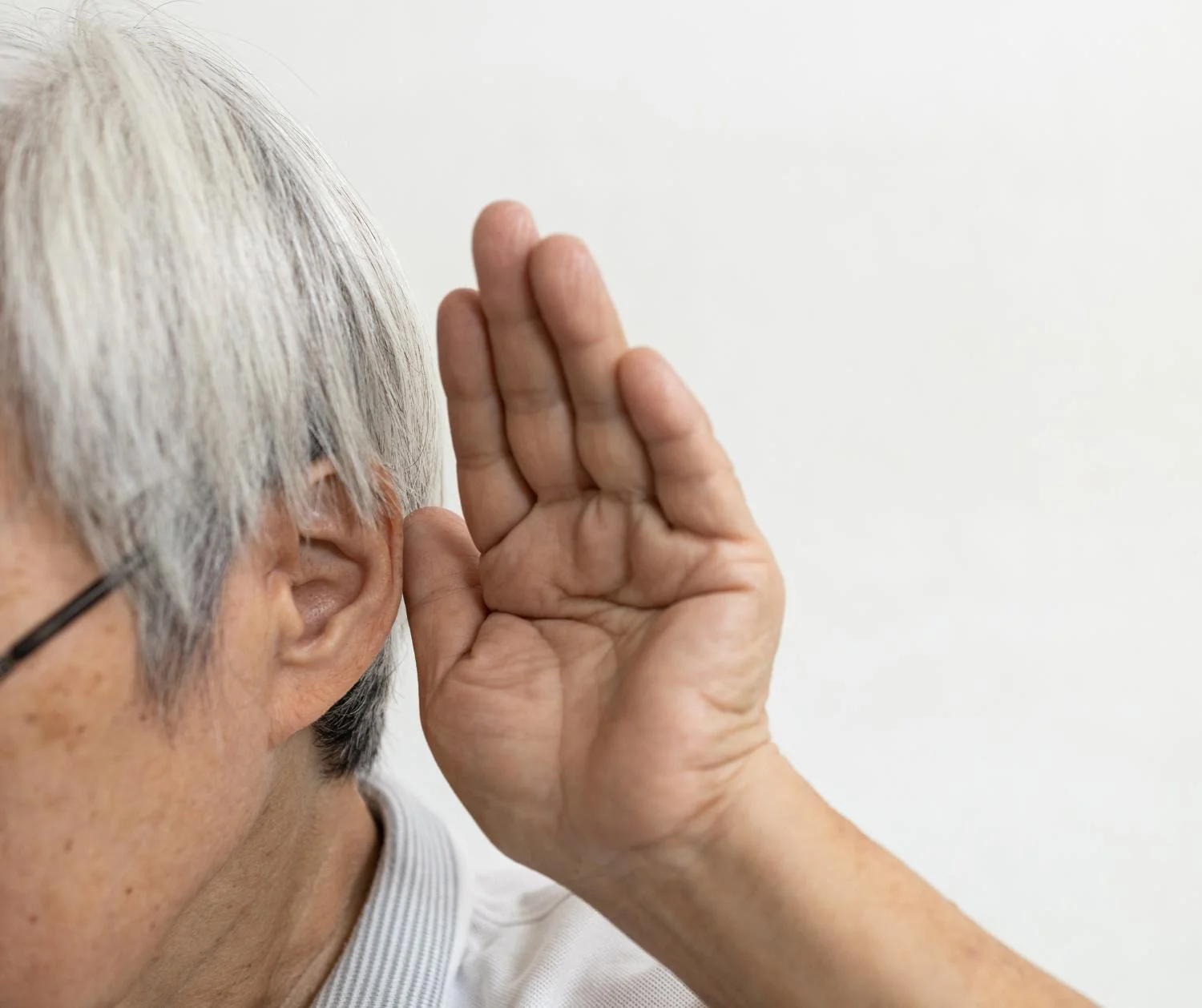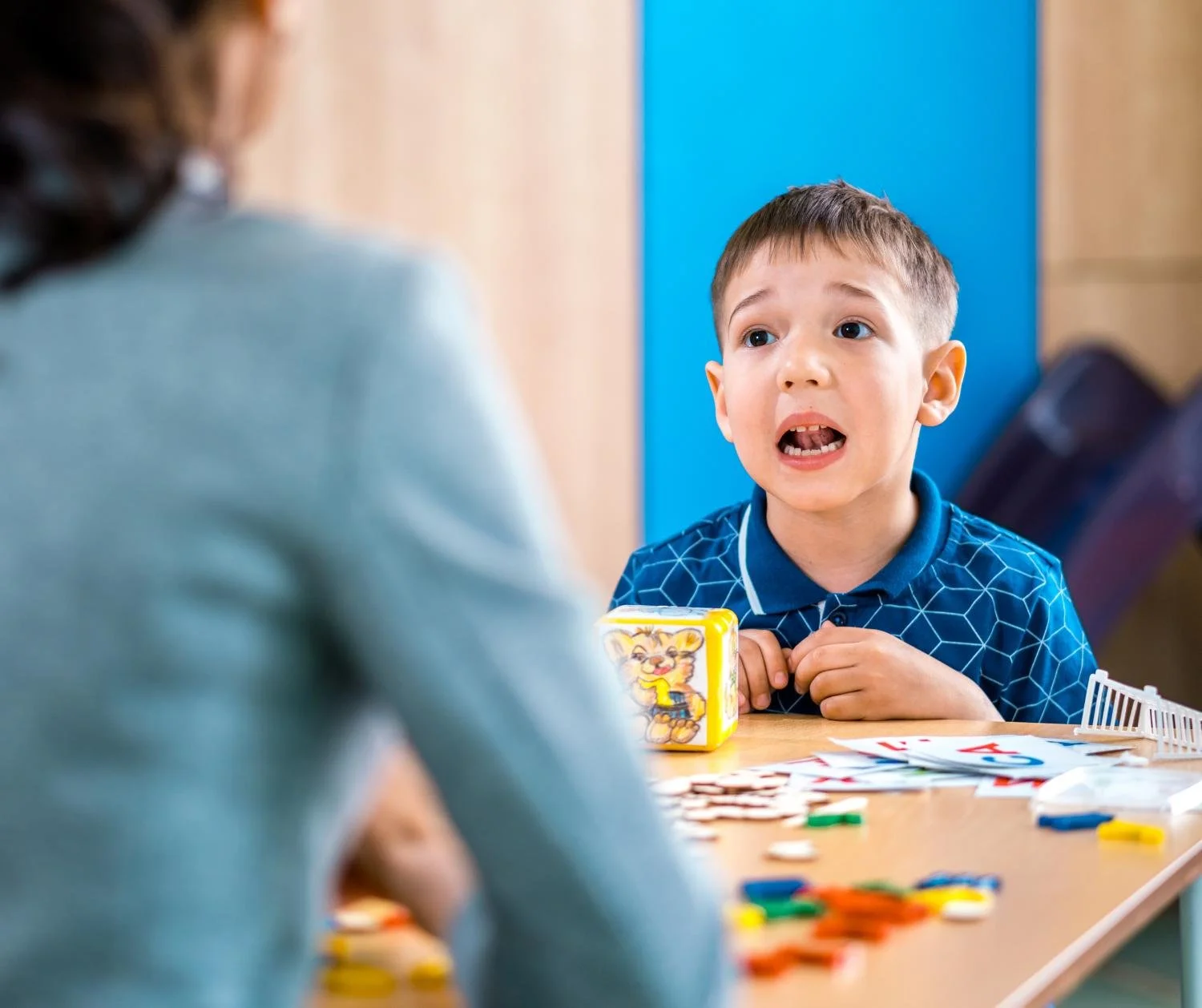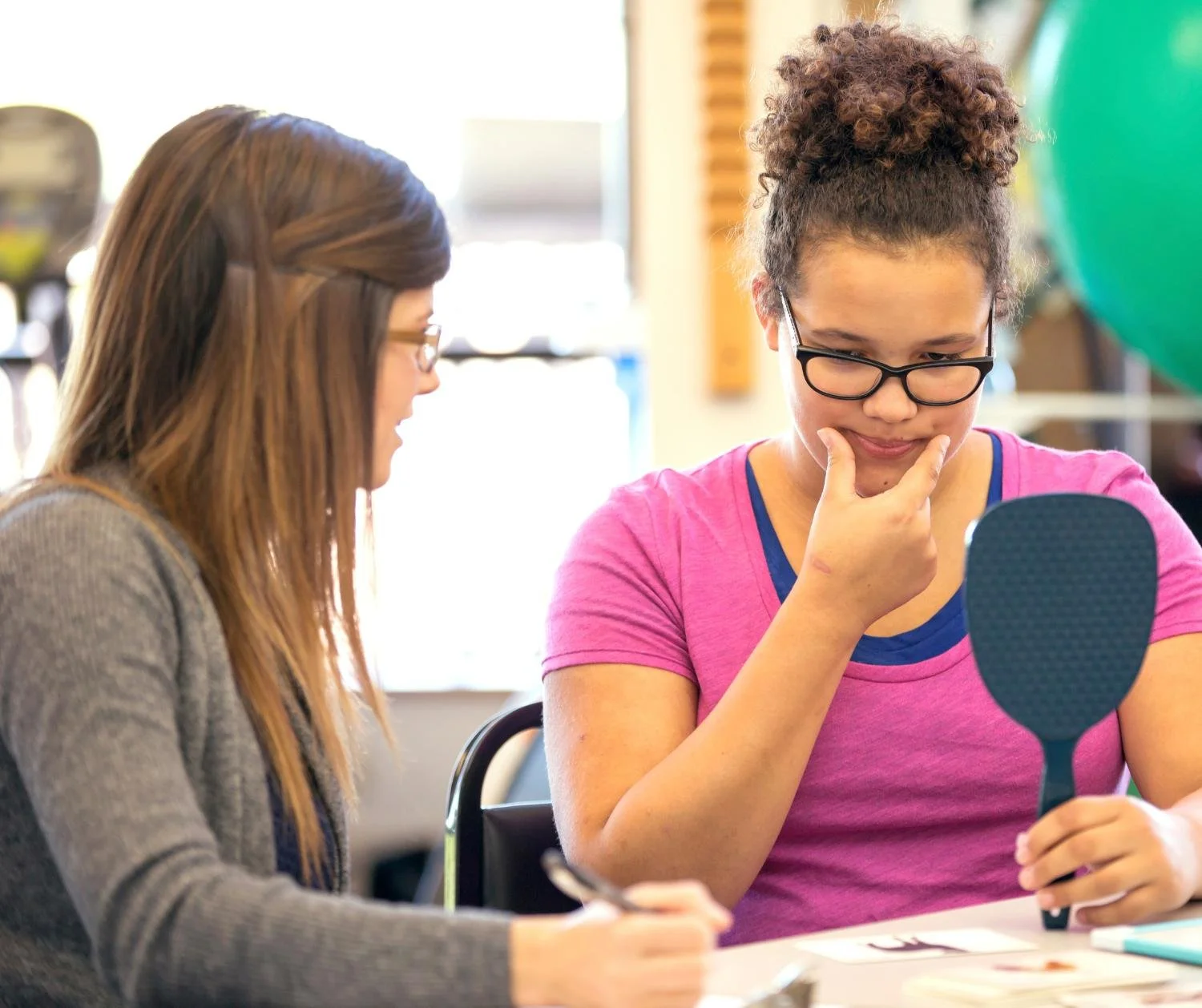How to Fix TH Articulation Problems with Speech Therapy
Articulating the /th/ sound correctly can be a significant challenge for many individuals, particularly children. Mispronunciations are common but can create communication barriers as children grow. Without proper intervention, these speech patterns may persist into adulthood, affecting confidence and clarity in speaking.
Speech therapy offers a proven approach to fixing TH articulation problems by focusing on helping individuals develop accurate tongue placement, airflow control, and overall speech coordination.
Key Takeaways:
TH Sounds Are Complex: Producing /th/ sounds requires precise tongue positioning and airflow control. Mispronunciations often occur when individuals substitute these speech sounds with others, such as /f/ or /d/.
Causes of TH Articulation Issues: Various factors, including developmental delays, phonological disorders, hearing impairments, and oral-motor challenges, can contribute to difficulties with /th/ sounds.
Speech Therapy is Essential: Speech therapy is used to improve articulation problems. Speech-language pathologists use personalized treatment plans and exercises to improve tongue placement and airflow for accurate speech sound production.
Effective Speech Therapy Exercises: Articulation therapy exercises like tongue placement drills, sound repetition, word practice, and reading aloud help individuals practice and perfect articulation in a structured and engaging manner.
Timeframe for Correction: The time it takes to correct articulation problems varies by individual. Factors like age, the severity of the issue, and the consistency of speech therapy impact the timeline. Progress can be seen in weeks to months.
Understanding TH Sounds in Speech
Causes of TH Speech Sound Disorders
The Role of Speech Therapy in Fixing TH Articulation Problems
Effective Speech Therapy Exercises for TH Sounds
How Long Does It Take to Correct Articulation Problems?
Understanding TH Sounds in Speech
The /th/ sound is one of the trickiest sounds to master in speech, mainly because it involves a specific tongue placement and airflow that may not come naturally to everyone. There are two types of /th/ sounds in English: voiced and voiceless.
The voiced "TH" occurs in words like "this," "that," and "the," where the vocal cords vibrate as the sound is produced. On the other hand, the voiceless "TH" appears in words like "think," "thick," and "thank," where the vocal cords remain silent, and the sound relies purely on the airflow.
TH is a later developing sound and can be one of the last sounds children learn to produce correctly. Some children may acquire it naturally by age 6, while others may take longer due to factors like developmental pace or exposure. If a child hasn't grasped the /th/ sound by 7 or 8 years old, speech therapy may be recommended to address any articulation issues.
Correct Production of TH
Interdental /Th/
The interdental /th/ sound is produced by placing the tongue between the upper and lower front teeth, with the tongue tip just visible. To produce the interdental /th/ sound, the tongue should be positioned to almost touch the upper front teeth, and then air is blown out to create the sound. This sound is often used in words that start with the /th/ sound, such as “this” and “that.”
Producing the interdental /th/ sound involves a few key steps. First, lightly place the tip of your tongue between your upper and lower front teeth. The tongue should be visible but not protruding too far from the mouth. Next, gently blow air over the tongue, allowing it to pass between the teeth. This airflow is crucial for creating the correct sound. Practice with words like “this,” “that,” and “these” to get comfortable with the tongue placement and airflow.
Dentalized /Th/
The dentalized /th/ sound is produced by placing the tongue tip behind the upper front teeth and then blowing air out to create the sound. To produce the dentalized /th/ sound, the tongue should be positioned just behind the upper front teeth, then air is blown out to create the sound. This sound is often used in words that start with the /th/ sound, such as “thin” and “thank.”
For the dentalized /th/ sound, start by positioning the tip of your tongue just behind your upper front teeth. Unlike the interdental /th/, the tongue should not be visible. Blow air out once the tongue is in place to create the sound. This technique is commonly used in words like “thin,” “thank,” and “thick.” Practicing these words can help you produce the dentalized /th/ sound, ensuring clear and accurate pronunciation.
Causes of TH Speech Sound Disorders
Various factors, from developmental delays to environmental factors, can influence a person's ability to correctly produce the /th/ sound.
Developmental Delays: Children may experience speech delays that affect their ability to articulate certain sounds, including /th/ sounds.
Oral-Motor Skills: Difficulty coordinating oral muscles can lead to speech errors and make it challenging to produce specific sounds accurately.
Phonological Disorders: Some children may have phonological processing issues, affecting their ability to distinguish and produce specific speech sounds.
Influence of Other Languages or Dialects: Exposure to different languages or dialects may lead to variations in sound production, including substituting /th/ sounds with other sounds.
Hearing Impairments: Difficulty hearing can impact a person's ability to learn and produce sounds correctly, including “th.”
Mouth and Tongue Placement: Improper positioning of the tongue or mouth when attempting to articulate /th/ sounds can result in errors.
Environmental Factors: Limited exposure to language-rich environments or models of correct speech can hinder a child’s speech development.
Common TH Sound Errors
The /th/ sound is a complex sound that can be difficult for some individuals to produce correctly. Several common errors can occur when producing the /th/ sound. One common error is substituting the /th/ sound with the /t/ or /d/ sound.
For example, saying “tin” instead of “thin” or “dat” instead of “that.” This could be an issue related to voicing or something else. Errors in voicing happen when the vocal cords either activate or remain inactive incorrectly during sound production.
Another typical error is substituting the /th/ sound with the /s/ or /z/ sound. For example, saying “sin” instead of “thin” or “zat” instead of “that.” Errors in producing the /th/ sound sometimes stem from substituting it with other, more familiar sounds. For instance, some individuals might replace the /th/ sound with a /t/ or /d/ sound, resulting in “tin” instead of “thin” or “dat” instead of “that.”
Others might substitute it with an /s/ or /z/ sound, leading to “sin” instead of “thin” or “zat” instead of “that.” These errors may occur in different word positions (initial position, medial position, or final position).
These substitutions can significantly impact speech clarity due to tongue placement and airflow control difficulties.
Addressing these errors may involve working with a speech therapist who can provide targeted articulation therapy. Through exercises focused on the target sound, individuals can learn to produce the /th/ sound through exercises focused on the target sound.
Techniques may include visual and tactile feedback, repetition of target words, and gradual progression from isolated sounds to words and sentences. With consistent practice and professional guidance, these common errors can be effectively corrected, leading to clearer and more confident speech.
The Role of Speech Therapy in Fixing TH Articulation Problems
Speech therapy addresses articulation problems in children and adults by providing targeted interventions to improve sound production and overall communication skills. A speech-language pathologist begins the process by conducting a thorough assessment to identify the specific nature and severity of the articulation issues. This evaluation supports the development of a speech therapy treatment plan tailored to the individual’s needs.
During articulation therapy sessions, individuals can learn to grasp the production of TH sounds and other articulation targets. The speech therapist can teach the correct tongue placement and airflow to articulate the target sound accurately. The speech therapy sessions may involve visual aids, demonstrations, and tactile feedback to reinforce the proper movement of the tongue between the teeth for “th.”
In addition to direct instruction, speech therapy often includes practice in different contexts, helping clients use the TH sounds in high-frequency words, phrases, and sentences. Role-playing, games, and conversational practice can make learning engaging and effective.
By providing a supportive environment and encouraging practice, speech therapy addresses articulation challenges and boosts the individuals’ confidence in their communication abilities, facilitating overall speech clarity and effectiveness.
Effective Speech Therapy Exercises for TH Sounds
It is crucial to have accessible speech therapy materials that support these exercises. These materials should include resources for addressing the TH sound and activities suitable for different age groups and skill levels.
1. Tongue Placement Drills: Speech therapy will start with proper tongue placement. Speech-language pathologists will demonstrate how the tongue should gently protrude between the teeth when producing the TH sounds. Practice this in isolation, encouraging you to feel the correct position and airflow.
2. Sound Repetition: Reaction exercises can be introduced once you understand tongue placement. You’ll start with the isolated sounds “th” (voiced as in “this” and voiceless as in “think”). The SLP will encourage you to produce the sounds multiple times, focusing on accuracy and clarity.
3. Syllable and Word Practice: Progress to practicing syllables and words containing the TH sounds. You’ll begin with simple combinations, such as “tha,” “the,” and “thu.” Then move to words like “think,” “this,” “that,” and “three.” Gradually increase complexity by introducing multisyllabic words and phrases.
4. Sentence Construction: Incorporate the TH sounds into sentences. The SLP will create sentences emphasizing TH sounds, encouraging you to practice articulation in context. For example, if you are addressing the TH sound in the initial position of words, use phrases like “The cat thinks this is fun” or “Three birds are sitting on the tree.” Or if you are addressing TH in the final position, sentences like “She is worth the effort” or “He forgot both gifts” will help reinforce the correct sound placement and voicing in everyday communication.
5. Reading Aloud: Reading exercises can be particularly beneficial. The SLP will choose texts with a high frequency of TH sounds, allowing you to practice within natural language contexts. This exercise helps reinforce sound production in a fluid and conversational manner.
6. Minimal Pairs Practice: Using minimal pairs—words that differ by only one sound—can be highly effective. For example, practice pairs like “bat” and “that” or “sip” and “zip.” This helps you distinguish between sounds and understand the importance of precise articulation.
7. Listening and Feedback: You will be trained to listen actively to recordings of yourself or others producing the TH sounds accurately. This self-awareness can enhance your ability to self-correct and improve over time.
How Long Does It Take to Correct Articulation Problems?
The timeline for correcting articulation problems can vary widely based on several factors, including the individual’s age, the severity of the articulation issue, the frequency of speech therapy sessions, and the commitment to practicing exercises outside of speech therapy. Generally, progress can be observed within a few weeks to several months, depending on these elements.
Individual Factors
Younger children may demonstrate quicker improvement due to their brain’s neuroplasticity, allowing for more rapid adjustments in speech patterns, including practicing the target sound. Conversely, older individuals or those with more established speech habits may require more time to unlearn and relearn correct articulation techniques.
Severity of the Issue
The degree of the articulation problem also plays a significant role. Mild articulation issues may see improvement in a shorter timeframe, while more severe cases or those combined with other speech-language disorders may necessitate extended speech therapy.
Frequency and Duration of Speech Therapy
Regular speech therapy sessions typically lead to faster progress. Consistency is key; individuals who attend weekly sessions and engage in practice exercises at home are more likely to see significant improvements sooner. Speech therapy frequency can be adjusted based on the individual's response to treatment, with some requiring more intensive sessions initially and tapering off as they improve.
Articulation Practice Commitment
The amount of effort put into practicing exercises outside speech therapy sessions directly affects the rate of improvement. Individuals who actively participate in at-home practice, reinforcing skills learned in speech therapy, are likely to achieve results more quickly.
Professional Guidance
Working closely with a qualified speech-language pathologist in a well-equipped speech therapy room can ensure that the approach to correcting articulation problems is tailored to the individual’s needs. This personalized strategy enhances the effectiveness of the treatment plan, often leading to faster progress.
Frequently Asked Questions About Articulation
1. What age should a child master the TH sound?
Children typically develop the ability to articulate the /th/ sounds (as in "think" and "this") between the ages of 5 and 7. However, it’s important to remember that every child develops at their own pace, and variations in speech development are expected. If a child struggles with /th/ sounds beyond this age range, it may be beneficial to consult a speech-language pathologist for evaluation and support.
2. At what age is articulation disorder diagnosed?
Articulation disorders can be diagnosed as early as age 3, but many children may not be evaluated until they are older. Speech-language pathologists typically assess a child's speech and language skills during routine screenings in preschool or kindergarten.
A formal diagnosis may be made if a child consistently demonstrates difficulty with specific sounds or patterns of speech beyond the expected developmental milestones. Early intervention is crucial, so seeking guidance from a speech-language pathologist as soon as concerns arise is recommended.
3. How can parents help with articulation?
Parents can support their child's articulation by modeling clear speech and emphasizing the correct sounds in everyday conversation. Engage in fun activities like songs or rhymes to encourage repetition, and use visual cues like mirrors to demonstrate proper mouth placement for specific sounds. Reading together and providing positive feedback can also motivate children to practice more. If difficulties persist, consulting a speech-language pathologist for professional guidance is recommended.
How Connected Speech Pathology Can Help
At Connected Speech Pathology, we focus on helping individuals overcome articulation challenges, particularly with tricky sounds like /th/. Our licensed speech-language pathologists (SLPs) use evidence-based techniques to assess each person’s specific needs and create personalized treatment plans to improve clarity and confidence in speech.
Our remote therapy services provide flexibility, allowing clients to access expert support from home. Through interactive video sessions, we offer targeted exercises, personalized feedback, and practical strategies to address articulation difficulties in a convenient and engaging way.
Summary
Addressing TH articulation problems through speech therapy can significantly enhance communication skills and overall confidence for both children and adults. Individuals can make meaningful progress in correcting their speech by understanding the complexities of TH sounds, recognizing potential causes of articulation issues, and utilizing effective speech therapy techniques.
Speech therapy is essential, providing structured support and targeted exercises to develop accurate tongue placement and speech sound production.
About the Author
Allison Geller is a communication coach, speech-language pathologist, and founder of Connected Speech Pathology, an international online practice providing professional communication coaching and speech therapy for children, teens, and adults. With more than two decades of experience, she has worked in medical and educational settings, published research on aphasia, and leads a team of specialists helping clients improve skills in public speaking, vocal presence, accent clarity, articulation, language, fluency, and interpersonal communication.











